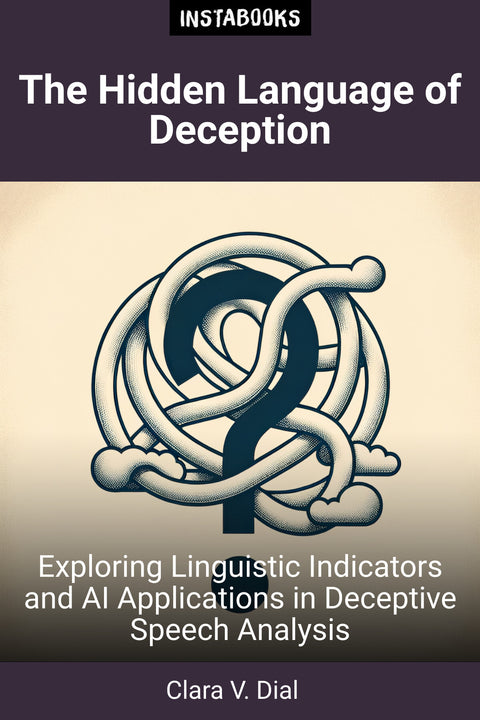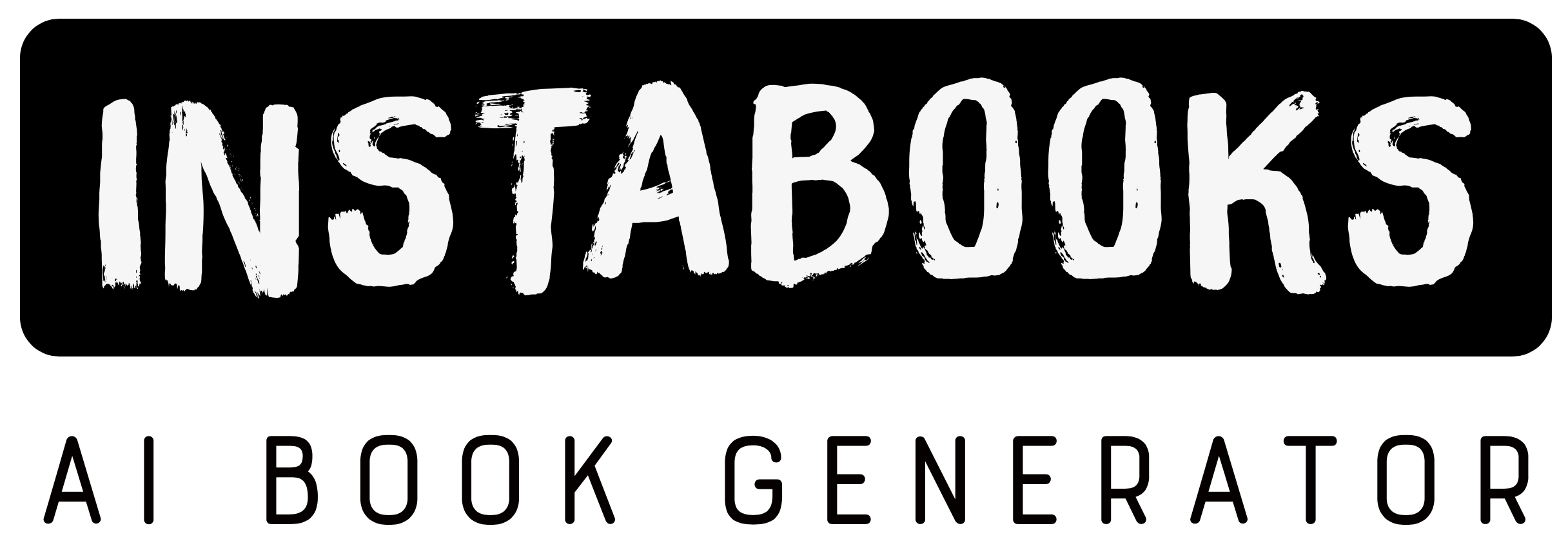
The Hidden Language of Deception
Exploring Linguistic Indicators and AI Applications in Deceptive Speech Analysis
Included:
✓ 200+ Page AI-Generated Book
✓ ePub eBook File — read on Kindle & Apple Books
✓ PDF Print File (Easy Printing)
✓ Word DOCX File (Easy Editing)
✓ Hi-Res Print-Ready Book Cover (No Logo Watermark)
✓ Full Commercial Use Rights — keep 100% of royalties
✓ Publish under your own Author Name
✓ Sell on Amazon KDP, IngramSpark, Lulu, Blurb & Gumroad to millions of readers worldwide
Unpacking the Nuances of Deception
In our increasingly digital world, the ability to detect deception has never been more critical. "The Hidden Language of Deception" delves into the intriguing realm of applied linguistics, shedding light on the subtle linguistic indicators of untruthfulness. This book reveals a hidden layer of communication that can drastically affect social interactions, law enforcement investigations, and social media engagements.
Linguistic Indicators: The Markers of Deception
Through extensive research and case studies, readers will explore how language serves as a behavioral manifestation of deception. The book provides a thorough examination of linguistic profiles, outlining features that differentiate truthful from deceptive speech. Key indicators such as the frequency of self-references or cognitive complexity words come to the forefront, providing actionable insights.
Stylistic Variations in Deceptive Speech
Additionally, readers are invited to uncover the stylistic differences prevalent in deceptive language. Examine lexical variations, and understand how nominal and verbal modifiers play significant roles in shaping the deceptive narratives. This exploration not only broadens the reader's comprehension of language but enhances their analytical skills in observing speech patterns.
Methods and Technology: The Tools of Detection
The book meticulously discusses structured linguistic analysis methods, advocating for personalized approaches that consider individual linguistic behaviors. Learn how tools such as Linguistic Inquiry and Word Count (LIWC) can aid in deception detection with accuracy rates nearing 67%. Furthermore, the integration of AI technology in analyzing linguistic cues signifies a major leap towards enhancing detection techniques, opening a dialogue about the future of deception detection.
A Taxonomy of Deceptive Language
Finally, readers will engage with a comprehensive taxonomy of deceptive speech, distinguishing between language as a revealer or concealer. Through anecdotal evidence and empirical data, this book illustrates the multifaceted nature of deception.
Why This Book Matters
Whether you're a linguist, psychologist, or just someone curious about the dynamics of truth and deception, "The Hidden Language of Deception" offers valuable insights that are relevant to a variety of fields. Prepare to enhance your understanding of human communication in a way that combines linguistic depth with practical applications.
Table of Contents
1. Understanding Deception Through Language- The Language-Behavior Connection
- Identifying Key Indicators
- Deception and Stress Correlation
2. Lexical Features of Deceptive Speech
- Common Lexical Patterns
- Variations in Word Choice
- Content Comparison: Truth vs. Deception
3. Stylistics of Deception
- Defining Stylistic Differences
- The Role of Modifiers in Speech
- Analyzing Testimonies: Case Studies
4. Strategies for Deception Detection
- Structured Linguistic Methods
- Personalized Linguistic Profiles
- Integrating Behavioral Context
5. Technologies in Deception Detection
- Advancements in AI and Linguistics
- Computer-Based Analysis Tools
- Real-World Applications of Technology
6. Taxonomy of Deceptive Language
- Language as Revealer
- Language as Concealer
- Categorizations of Deception
7. Ethics and Implications
- Ethical Considerations in Detection
- Impact on Legal Proceedings
- Public Perception of Deception
8. Interdisciplinary Approaches
- Linguistics and Psychology Collaboration
- Sociolinguistic Perspectives
- Cultural Variations in Deceptive Speech
9. Future Trends in Deception Studies
- Digitalization of Linguistic Analysis
- Emerging Technologies and Research
- Potential Future Applications of AI
10. Impact of Social Media on Deception
- Social Media as a Deception Platform
- Analyzing Online Communication
- Case Studies on Deceptive Practices
11. Practical Applications in Real Life
- Deception in Everyday Interactions
- Linguistic Insight in Conflict Resolution
- Training Programs for Professionals
12. Conclusion: The Future of Deception Detection
- Summarizing Key Insights
- Looking Ahead: Research Directions
- The Role of Linguists in Society
Target Audience
This book is written for linguists, psychologists, law enforcement professionals, and anyone interested in understanding the complexities of deception in communication.
Key Takeaways
- Identify key linguistic indicators of deception.
- Analyze stylistic differences in deceptive speech.
- Utilize AI technologies and structured methods for deception detection.
- Understand the categorization of deceptive language.
- Explore ethical implications and future trends in deception studies.
